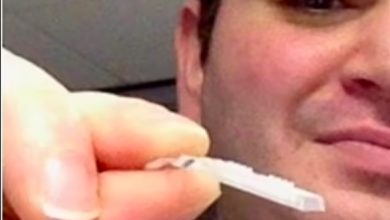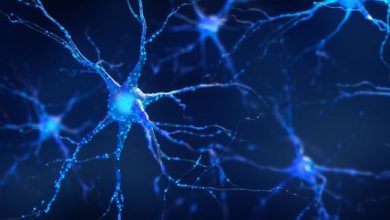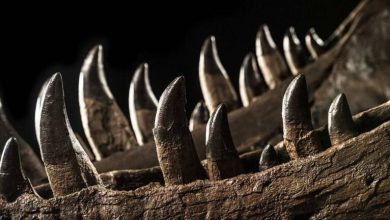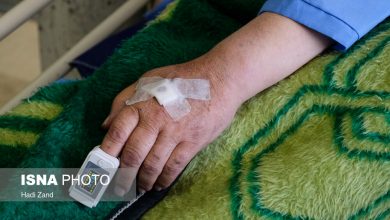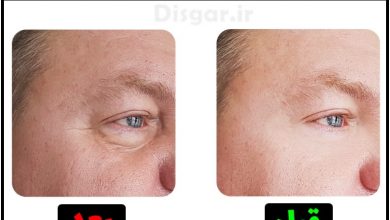Scientists have finally been able to observe the true structure of a strange mummified monkey. This strange mummy is kept at the Enjo-en Temple in Asakuchi, Japan.
This strange object has been a source of curiosity for scientists for decades and seems to date back centuries. This mummy, which resembles a mermaid and a monkey, has a total length of 30 cm. Its body consists of a furry, mammal-like torso and a scaly fish tail, as well as human-like hands, as well as small. And sharp teeth.
In Japanese folklore, the half-human, half-fish creatures with monkey mouths are called Ningyu, and although they are less attractive than a Western fairy, there are many legends and stories surrounding them. A handwritten note inside a wooden box with this strange mummy indicates that the creature was found around 1740 on the shores of present-day Kochi.
Starting in February 2022, scientists from the Kurashiki University of Science and Arts (KUSA) will work with the temple to uncover the true nature of this strange creature. They reveal that this creature, be it a hoax or a hoax or a work of art, whatever it is, is not an animal but rather a human artifact.
Mermaid Monkey Temple Ingwini
Mummified ningyo can be found all over Japan in temples and museums, and most of them date back to the Edo period (1603-1868). Since this creature was never found alive, its existence is a mystery to scientists.
To understand the nature of at least one of these mummified mummy, the research team worked with Moab to observe it in detail without damaging the specimen. For this purpose, apart from the visual assessment, X-ray imaging, tomography, light and electron microscopy, fluorescence analysis, DNA analysis and radiocarbon dating were used.
In this research, it was noted that, with the exception of the lower jaw, Ningyu completely lacks skeletal engineering, and thus, this mummy is not even a Frankensteinian creature made of half monkey and half fish, like the fake Fijian mermaid.
Scans revealed that the object was a jumbled mess of objects. No wood was used to make it, but instead mainly cloth, cotton and paper were used to make its texture and it was covered with a material made from a paste-like mixture of powdered coal and sand. The head part is mainly made of cotton and a plaster-like material is applied to it.
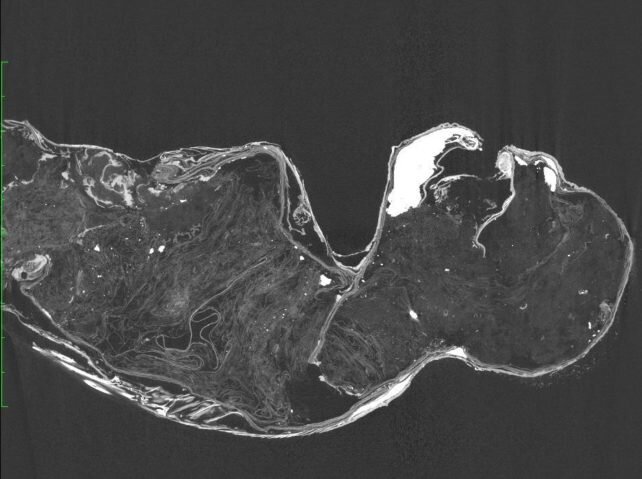
parts cover. No wood was used in making the monkey. Instead, they are mainly made of cloth, cotton and paper coated with a substance obtained by mixing coal powder or sand with pulp. The head is mostly cotton and covered with a plaster-like material.
The hair on his head is the hair of an animal, and its scales are taken from two types of fish. Puffy fish skin is used for the upper body, and duck skin is used for the lower body. The five fingernails are made of animal keratin, which is probably a type of horn, and the jawbone belonged to a carnivorous fish.
Meanwhile, radiocarbon dating of some of the scales refutes the handwritten note in the mermaid’s chest, suggesting that the creature was made more than a century after that date.
In the end, the researchers say: the body of the “mummified mermaid” is covered with the skin of a type of fish, and the upper part of the body is made of cloth and paper. “It is made of laminated paper and puffed fish skin, with cotton and other wadding and a plaster-like substance as a base, and is believed to date from the late nineteenth century.”
How this creature got into the temple is still a mystery. Although the true structure of this mermaid was demystified, she was returned to her home and entrusted to the inhabitants of the temple as an important artifact of her time.
5858
